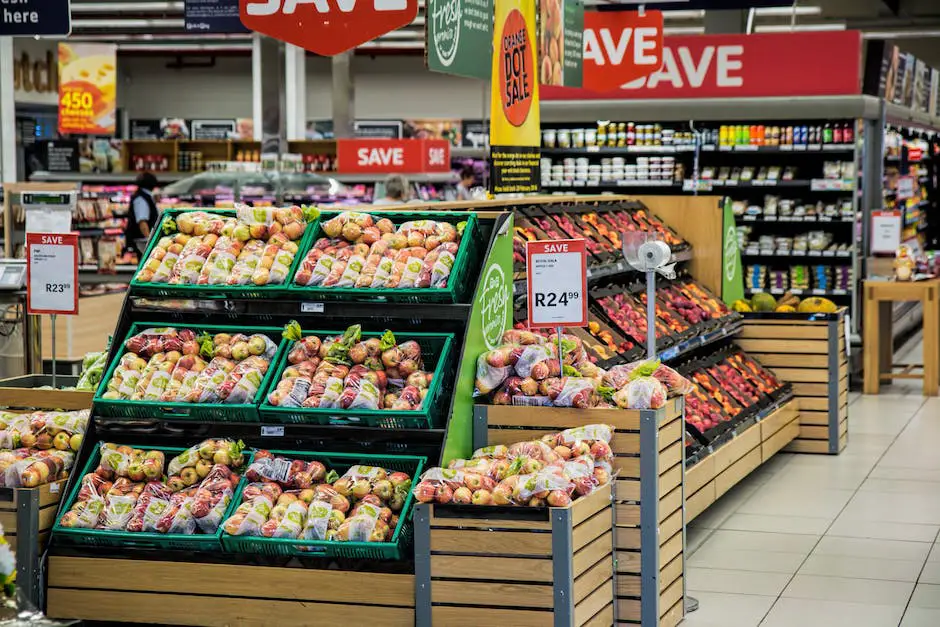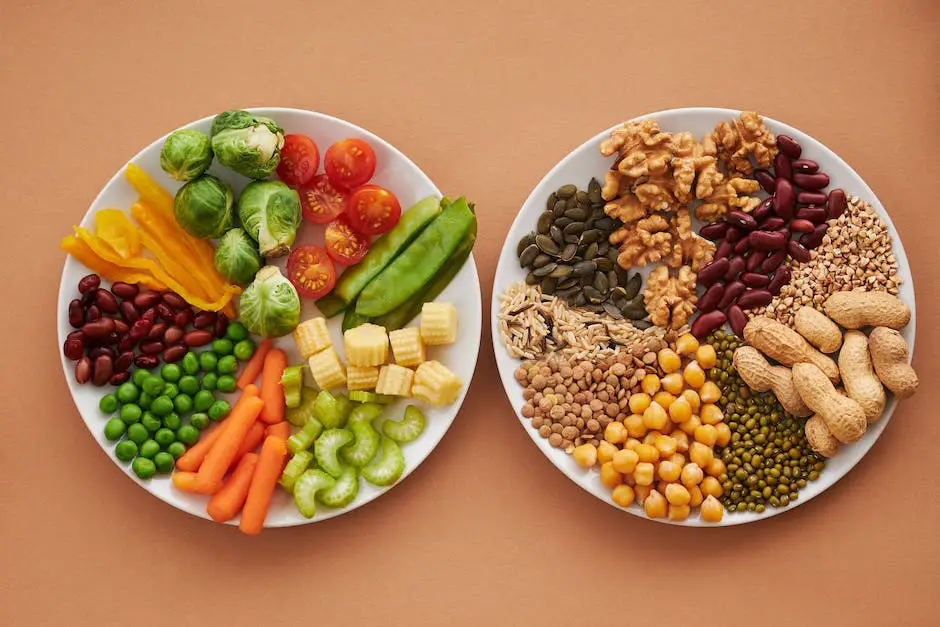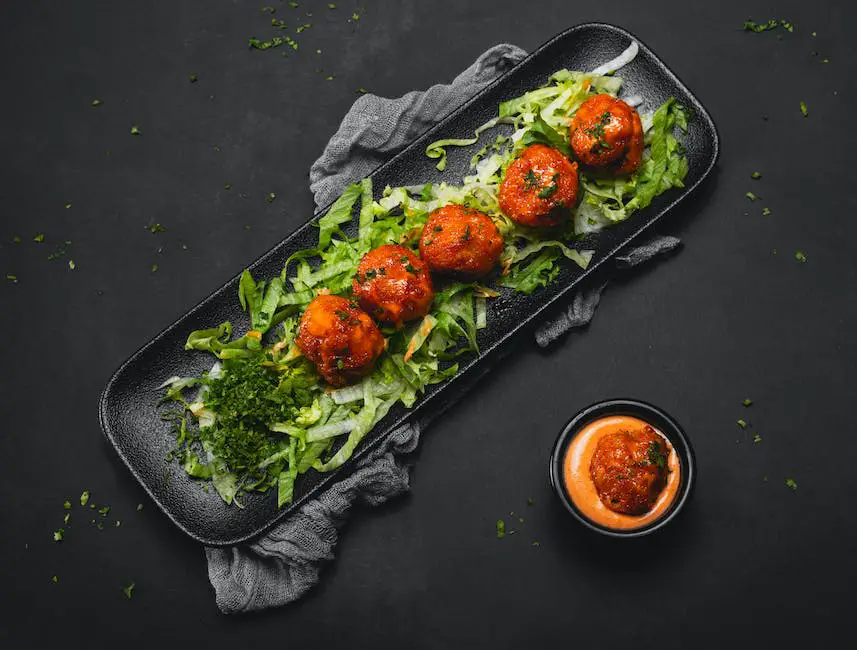Arriving at any IKEA store invites an immersive experience, beyond furniture shopping and into an intriguing realm of culinary exploration. This Scandinavian home furnishings company has carefully curated a food and beverage journey that augments Swedish flavor and culture into its unique offerings, wonderfully manifested in its restaurants, bistros, and Swedish food markets. From iconic meatballs (claimed by both Sweden and IKEA) to a tantalizing menu packed with diverse fare, the sheer variety hints at an enduring commitment to the brand’s Nordic roots. However, understanding the nutritional aspect of these various food items encourages informed choices around consumption and lasting wellness. Moreover, assessing IKEA’s health and sustainability initiatives provides genuine insight into the corporation’s global food practices and goals for a healthier, well-nourished world. Delving into these topics offers a critical look at IKEA’s edible blueprint and places it within a broader comparative context, examining its resonance vis-à-vis typical fast-food chains or other food-serving retail establishments.
Overview of IKEA’s Food Offerings
IKEA Food Experience
IKEA is globally recognized not only for its range of home furnishings but for its food offerings as well. The IKEA food experience includes the sit-down restaurant, grab-and-go bistro, and Swedish food market, each offering different but equally compelling dining options.
Restaurant
The restaurant features a menu that showcases Swedish cuisine, along with some international dishes. The options range from the classic Swedish meatballs to a variety of pastas, salads, and sandwiches, as well as several vegetarian and vegan options. The nutritional information for the dishes is also provided, allowing customers to make an informed decision on their food choice.
Bistro
At the bistro, customers can find quick bites and even full meals to enjoy. The most famous offering is likely the hot dog, but the bistro also offers Swedish-style pastries, ice cream, and beverages. The bistro’s focus is on affordability and quick service, and it’s where you can usually find the iconic IKEA cinnamon buns.
Swedish Food Market
For those interested in taking a bit of Sweden home, the Swedish food market offers packaged food products for sale. These range from ingredients for Swedish dishes, such as lingonberry jam and frozen meatballs, to traditional Swedish snacks and candies.
Understanding IKEA’s Nutritional Transparency and Sustainability Focus
IKEA is widely commended for its transparency when it comes to nutritional content in its food items. Customers have access to information including calorie count, along with the content of carbohydrates, fats, proteins, and other key nutrients found in each dish. This allows for informed decisions that cater to individual dietary requirements or preferences. Additionally, the company is committed to sustainability in its food offerings. One embodiment of this commitment is the vegan version of their famous meatballs which are made from peas. IKEA aims to further expand the availability of plant-based and sustainable options moving forward.

Assessment of Nutritional Information
Assessing the Nutritional Value of IKEA’s Food Offerings
While IKEA is globally recognized for its affordable home furnishings, it has also amassed quite a reputation for its in-store food menu. The menu features diverse dishes, from their renowned Swedish meatballs to seafood options like salmon fillets, along with various vegetarian alternatives. A clear understanding of nutritional values helps customers make healthier choices. For instance, a single order of 15 Swedish meatballs at IKEA is approximately 745 calories, comprising 41 grams of protein, 54 grams of carbohydrates, and 38 grams of fat. For health-conscious customers, IKEA provides a variant called plant balls, with a significantly lower calorie count of 224, and nutritional contents of 9 grams protein, 8 grams fat, and 30 grams carbohydrates.
Accommodating Allergies and Dietary Preferences
Understanding the myriad dietary needs and preferences of its diverse customer base, IKEA strives to cater to everyone, regardless of their dietary restrictions or chosen diet. Their food labels clearly indicate vegan and vegetarian options, as well as items that are free from gluten, dairy, and nuts, ensuring customers with allergies or intolerances can eat safely. Consider for instance, their salmon fillet plate, a dish that boasts 570 calories, 33 grams of protein, and 38 grams of fat, without including any dairy or gluten. IKEA’s transparency in sharing such detailed information assists customers in making informed decisions about their food choices, keeping in mind their health objectives and dietary restrictions.

Health and Sustainability Initiatives
IKEA’s Dedication to Nutritious and Sustainable Foods
IKEA is unwaveringly committed to promoting healthier and more sustainable food solutions. As part of these efforts, they have restructured their menus to introduce greater vegan and plant-based choices alongside their traditional offerings. The introduction of vegan meatballs, composed of wholesome ingredients like peas, oats, apples, and potatoes, manifests their determination to offer healthier alternatives to their customers. These plant-based meatballs not only serve as a nutritious substitute, but also significantly lessen the carbon footprint as compared to their meat-based counterparts, reflecting IKEA’s dedication to sustainability.
Sourcing Ingredients and Minimizing Waste
IKEA takes conscientious steps when it comes to sourcing ingredients for their food offerings. The company maintains a commitment to sourcing food products that are grown or manufactured in a sustainable fashion. This includes opting for organic food offerings whenever feasible, such as their fish, which are sustainably farmed or caught in the wild from MSC or ASC-certified fisheries. In an effort to minimize food waste, IKEA actively works on initiatives such as the “Food is Precious” program, which aims to cut IKEA’s food waste in half by the end of 2020.
A Focus on Sustainable and Health-Friendly Meals
IKEA has been steadily amplifying its range of plant-based foods, providing a rich diversity of choices tailored to meet the dietary requirements and tastes of its unique patrons. This mission is driven by their dedication to create meals that promote personal health while preserving the environment, a goal that coincides with IKEA’s broad goal of enhancing the everyday life of many people. To bring this vision to fruition, IKEA continues to roll out an increasing number of dishes enriched with a variety of veggies and plant-based proteins while cutting back on sugar and saturated fats. This dedication to healthy, environmentally conducive food forms the cornerstone of IKEA’s food sector strategy and a blueprint for its future interventions.

Comparative Study with Other Fast-Food Establishments
Contrasting IKEA’s Food with Other Fast Food Offers
IKEA’s food, inspired by classic Swedish cuisine, has differentiated them from most fast food establishments, particularly in the range of distinctive choices and nutritional aspects on offer. Their popular Swedish meatballs dish, a hearty blend of meatballs, lingonberry jam, and potatoes, packs a fewer calorie and fat content than a conventional fast food meal such as a burger with fries. A meal consisting of 12 meatballs contributes to about 690 calories and 41g of fat, considerably trimmed down compared to the approximately 800-1200 calories and 40-60g of fat in an average fast food meal.
However, it is crucial to be aware of the relatively high amount of sodium in IKEA’s meals, in line with typical fast-food practices. A serving of Swedish meatballs packs around 1560 mg of sodium—well above half of the recommended daily intake. The nutritional value, as expected, is subject to change based on the menu options chosen. For instance, a switch from meatballs to vegetable balls offers a leaner meal with fewer calories and fat content.
Taste and Value-for-Money Compared to Other Food Establishments
When it comes to taste, IKEA’s food menu tends to be more homely and comforting compared to conventional fast food. Their dishes not only offer a novel culinary experience but also resonate with the brand’s Swedish roots. As for value-for-money, pricing at IKEA’s food court is generally lower when compared to other food establishments. A plate of Swedish meatballs, for instance, costs around $5.99, which is less than most meals at traditional fast-food chains. The economical pricing coupled with the unique dining experience provides an attractive proposition for many IKEA shoppers.
In conclusion, while IKEA’s food holds its own in terms of both nutrition and value for money against other fast-food establishments, customers still need to make health-conscious choices, particularly with regard to sodium intake.

Through this examination, it becomes evident that IKEA’s food offerings serve as a robust representation of Swedish cuisine, subtly encouraging a broad cultural exchange. With a menu catering to varied preferences, the company ensures its food aligns with a nutritional compass without compromising on taste. IKEA’s sustainability and health initiatives further amplify commitment to global wellness and responsible sourcing. The corporation’s noteworthy strides in the food space claim a distinctive edge, especially when compared to conventional fast-food enterprises. Such efforts are not just commendable, but also serve as a blueprint for other retail business paradigms aiming to deeply and holistically integrate food and beverages into their model. Ultimately, IKEA’s layered approach to food goes beyond the retail experience; it becomes a conduit of cultural exchange, health promotion and sustainable living, setting a positive precedent for the industry.


